
Starting June 1st, 2023 Our warehouse fee will be $0.65/cubic foot per month
In effort to lower the warehouse storage fee during inflation, we have went narrow aisle racking.This construction took us four months but the project is finally completed. With narrow aisle racking, we are able to drop storage by 24%.We as partners will go through this inflation together.
10/20/2025
The warehouse cost in logistics and supply chain management is one of the most critical factors influencing efficiency, profitability, and competitiveness. From rental fees and labor wages to technology investments and inventory financing, warehousing expenses make up a significant portion of operating costs.
Understanding and controlling warehouse cost is not just about saving money, it's about optimizing processes, improving customer satisfaction, and ensuring long-term sustainability. This article will explain what warehouse costs are, how to calculate them, the key metrics businesses should track, and effective strategies to reduce expenses.
Key takeaways:
|
Warehouse costs include all expenses related to storing goods, raw materials, or finished products within a warehouse. These costs are tied not only to physical space but also to the labor, systems, and capital required to keep the warehouse running.
Typical warehouse costs include:
Rental or property costs (leasing warehouse space or facilities)
Personnel costs (salaries of warehouse staff and supervisors)
Insurance and utilities (protection against risks and energy consumption)
Technology investments (Warehouse Management Systems, RFID, automation tools)
Depreciation (wear and tear of equipment and infrastructure)
Inventory financing costs (capital tied up in goods stored)
Accurately identifying these costs helps companies understand where money is being spent and how to optimize operations.
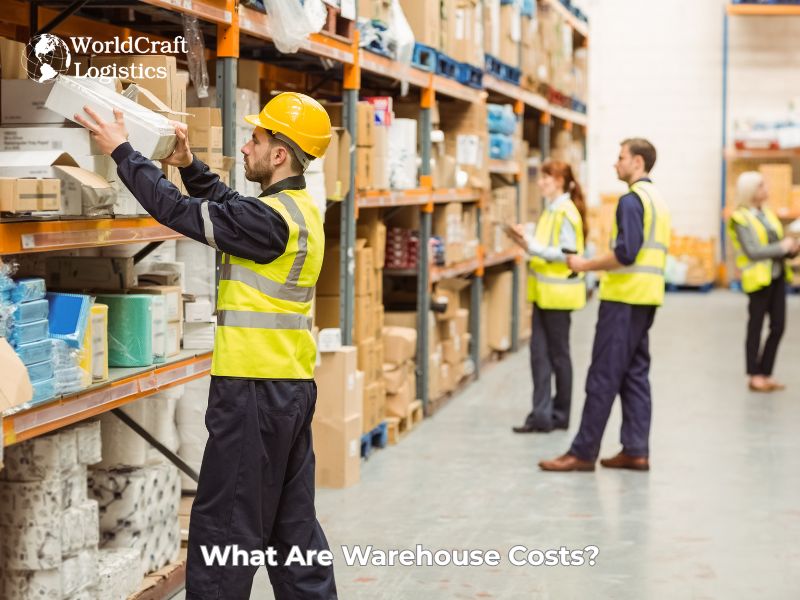
Warehouse costs are typically calculated based on space (for rent/storage) and services (for fulfillment/labor).
Cost Metric | Average Price/Rate | Notes |
Warehouse Space (Lease) | $9.12 per square foot per year (annually) | This is the national average asking base rent (NNN). Adding operating expenses (NNN) can bring the total cost to $11 - $12 per square foot annually. |
Pallet Storage | $20.17 per pallet per month | Average price for a business storing inventory with a 3PL provider. |
Pick & Pack Fee (B2C) | $3.25 per single-item order | Average fulfillment fee for a business-to-consumer order, excluding shipping costs. |
Pick & Pack Fee (B2B) | $4.85 per single-item order | Average fulfillment fee for a business-to-business order, reflecting often higher complexity. |
Receiving Fee (per Pallet) | $10.52 per pallet | Average cost for a 3PL to process and put away a pallet of incoming inventory. |
Warehouse Labor Cost | $17.14 per hour | Average hourly cost for general warehouse staff (for warehouse owners). |
The cost of warehouse space can vary drastically by location:
Region/Market | Average Cost Range |
High-Cost Hubs (e.g., Los Angeles/Inland Empire, N. New Jersey) | $16.00 - $22.00+ |
Mid-America/Affordable Markets (e.g., Columbus, Phoenix, Memphis) | $4.50 - $8.00 |
*Reference: National industrial real estate market reports (e.g., Cushman & Wakefield, CommercialEdge) & Annual Warehousing and Fulfillment Costs Surveys (based on costs for warehouse owners).
Warehouse costs generally fall into two categories: fixed costs and variable costs. Understanding this distinction helps businesses design smarter cost-control strategies.
Fixed costs are predictable expenses that remain steady regardless of how much inventory moves through the warehouse. They provide stability but can also lock companies into long-term financial commitments.
Examples include:
Warehouse rent or mortgage payments – Leasing or owning warehouse space is a major fixed expense that doesn’t fluctuate with stock levels.
Insurance premiums – Coverage for fire, theft, or liability is typically a fixed annual or monthly cost.
Permanent staff salaries – Core employees, such as managers or administrative staff, represent ongoing labor costs.
Depreciation of assets – Racking systems, forklifts, and IT systems lose value steadily over time.
Variable costs rise or fall depending on warehouse activity, order volumes, and seasonal fluctuations. Unlike fixed costs, they can be adjusted more easily through operational changes.
Examples include:
Packaging materials – Cartons, pallets, and protective fillers vary with order volume.
Transportation and fuel – Outbound and inbound freight costs fluctuate with shipment frequency.
Temporary or seasonal labor – Additional workers may be hired during peak demand periods.
Energy and utilities tied to usage – Electricity, heating, cooling, and water usage expand with higher activity levels.
Recognizing which costs are fixed versus variable allows businesses to better manage resources. Variable costs can often be optimized in real time, for example, by adjusting labor schedules, negotiating packaging prices, or consolidating shipments. Fixed costs, however, require longer-term strategies such as warehouse relocation, outsourcing logistics operations, or investing in automation to reduce reliance on permanent staff.
By carefully balancing both, companies can increase cost flexibility while ensuring operational stability in the face of fluctuating demand.
Warehouse costs are a natural outcome of balancing production with customer demand. In reality, goods are not always produced and consumed at the same moment or place. Warehousing acts as the bridge, allowing businesses to synchronize supply and demand while ensuring smooth flow across the supply chain.
These costs cover several critical functions. Inventory management requires space, systems, and labor to maintain adequate stock levels, preventing costly stockouts or overproduction. Risk reduction is another driverholding safety stock that protects companies from supply chain disruptions, transport delays, or sudden spikes in demand. At the same time, customer service levels depend on warehousing: by positioning products strategically, businesses can shorten delivery times and improve reliability.
Additionally, warehouses support the full product lifecycle, from upgrades and refurbishments to handling returns and reverse logistics. While warehouse operations do add cost, they are essential investments. With smart planning, automation, and optimization, businesses can transform these expenses into opportunities for greater efficiency, resilience, and customer satisfaction.
>>> Read more: 3PL Warehouse & Logistics Near Port of Long Beach, CA
Instead of investing in costly, maintenance-heavy warehouse facilities, businesses can rely on Worldcraft Logistics for scalable, reliable, and cost-efficient warehousing solutions.
With over 13 years of logistics and supply chain experience, Worldcraft Logistics offers a complete suite of services designed to reduce overhead and improve operational performance, including:
Flexible storage capacity to accommodate thousands of SKUs.
Advanced inventory management systems with real-time visibility and tracking.
Fast and accurate order fulfillment, including same-day and next-day shipping options.
Expert warehouse staff and automated systems that minimize errors and streamline workflows.
By outsourcing warehouse operations to Worldcraft Logistics, companies can lower fixed costs, reduce risk, and gain the agility needed to scale with demand all while focusing on their core business growth and customer service excellence.
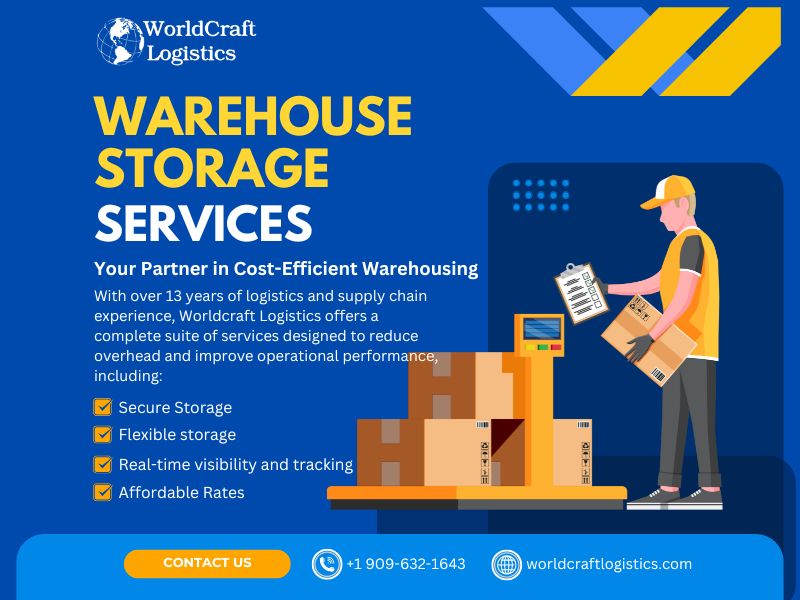
>>> Read more: Minimize E-commerce Warehouse Congestion With Worldcraft Logistics
Warehousing is more than just a place to store goodsit represents a series of interconnected costs that directly impact overall supply chain performance. Understanding these cost drivers is the first step toward effective management and long-term efficiency. Below are the major categories of warehouse costs:
These include expenses for leasing or owning warehouse facilities, as well as investments in racks, shelving, and storage systems. In high-demand regions, real estate prices can be a major driver of overall logistics expenses.
Labor is one of the largest components of warehouse costs. Wages, benefits, training, and overtime for staff who manage picking, packing, inventory control, and shipping all add up. Skilled labor shortages can further increase this cost category.
Warehouses must be insured against risks such as theft, fire, natural disasters, and product damage. Insurance premiums vary depending on the type of goods stored and the location of the facility.
Electricity, water, climate control, and lighting are critical for smooth operations. Temperature-controlled warehouses, such as cold storage facilities, incur significantly higher energy costs to protect perishable goods.
Regular upkeep of equipment, shelving, forklifts, and IT infrastructure is necessary to ensure operational safety and minimize downtime. Preventive maintenance helps avoid larger, unexpected expenses.
These include pallets, cartons, containers, and protective packaging materials required to prepare goods for storage or shipping. Efficient packaging can reduce both space requirements and damage risk.
Although often considered separately, transport costs are tightly linked to warehousing. Moving goods into the warehouse, between facilities, and out to customers contributes significantly to total logistics spend.
Warehouse assets such as racking systems, conveyor belts, forklifts, and IT equipment lose value over time. Depreciation must be accounted for as part of long-term cost management.
Inventory represents capital tied up in storage. Businesses often calculate this as interest or opportunity cost, since those funds could otherwise be invested elsewhere.
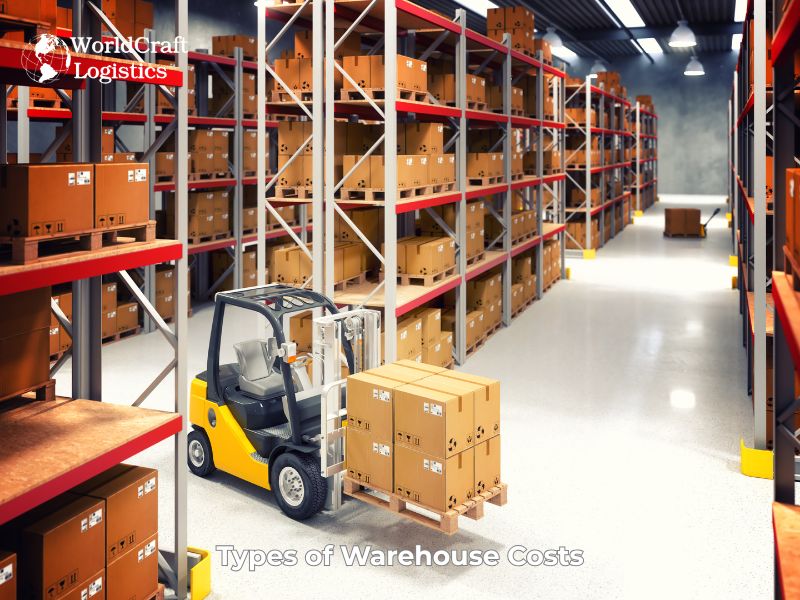
By breaking warehouse costs into these categories, businesses gain better visibility into their spending structure. This not only enables smarter cost allocation but also highlights opportunities for optimization, automation, and sustainable practices that can transform warehouses from cost centers into value creators.
Understanding how to calculate warehouse costs is essential for managing logistics efficiency and improving profitability. A warehouse’s total cost includes several categories such as rent, utilities, labor, equipment maintenance, insurance, technology systems, and depreciation. Accurately tracking these expenses helps businesses determine their cost per pallet, cost per SKU, or cost per cubic meter, depending on storage methods.
To calculate warehouse operating costs effectively, start by identifying all cost categories and collecting data from contracts, payroll records, insurance policies, and expense statements. Next, sum up all categories to determine the total annual warehouse cost. Then calculate the average inventory level using the formula:
Average Inventory = (Beginning Inventory + Ending Inventory) / 2
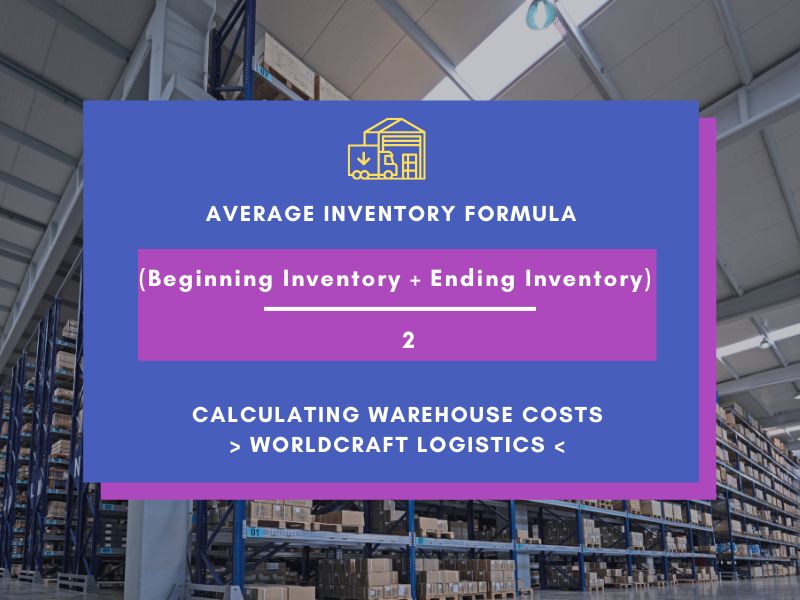
Finally, divide the total warehouse cost by the number of units stored to find the warehouse cost per unit:
Warehouse Cost per Unit = Total Costs / Number of Units Stored
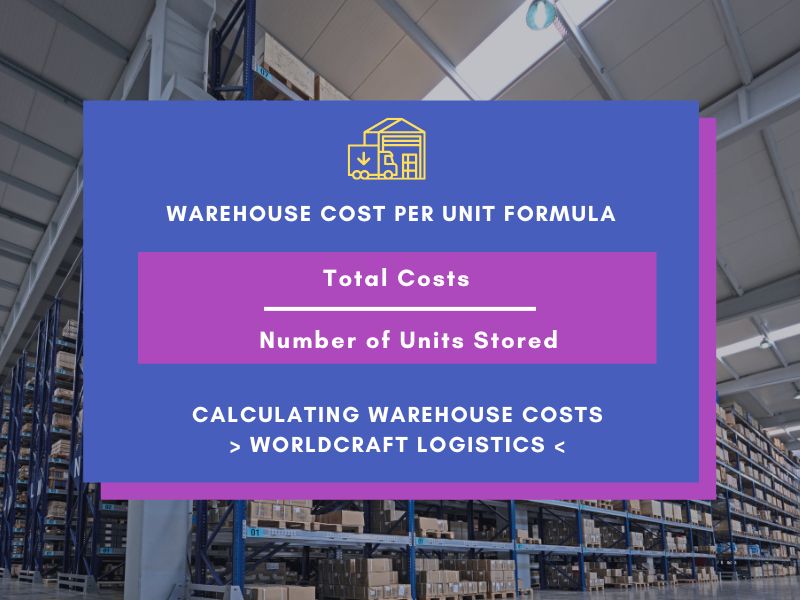
This calculation gives you a clear picture of your storage efficiency and cost allocation, which can guide better budgeting, space utilization, and pricing strategies. Monitoring warehouse costs regularly also helps identify opportunities to reduce waste, negotiate better supplier contracts, and optimize your supply chain operations.
Inventory Carrying Cost
Represents the total expense of holding inventory over a given period, including storage, insurance, depreciation, and obsolescence costs. Monitoring this metric helps determine how efficiently inventory is being managed.
Carrying Cost Rate = (Carrying Cost / Average Inventory) × 100
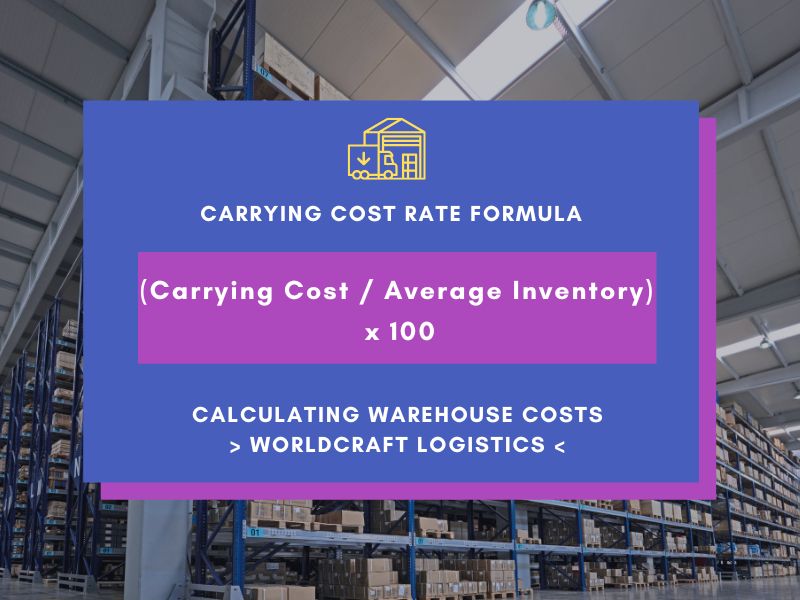
Inventory Interest Cost
Refers to the financial cost of capital tied up in inventory. This includes the interest or opportunity cost associated with funds that could otherwise be used for business growth or other investments.
Interest Cost = Average Inventory × Cost of Capital
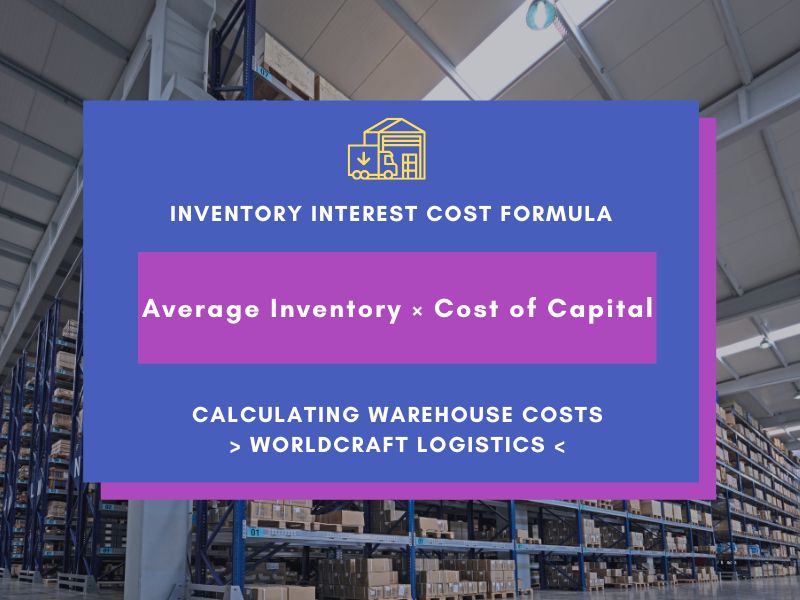
Inventory Cost Ratio
Shows warehouse operating costs as a percentage of the average inventory value. Lower ratios indicate better inventory control and more efficient warehouse management.
Inventory Cost Ratio = (Warehouse Operating Costs / Average Inventory) × 100
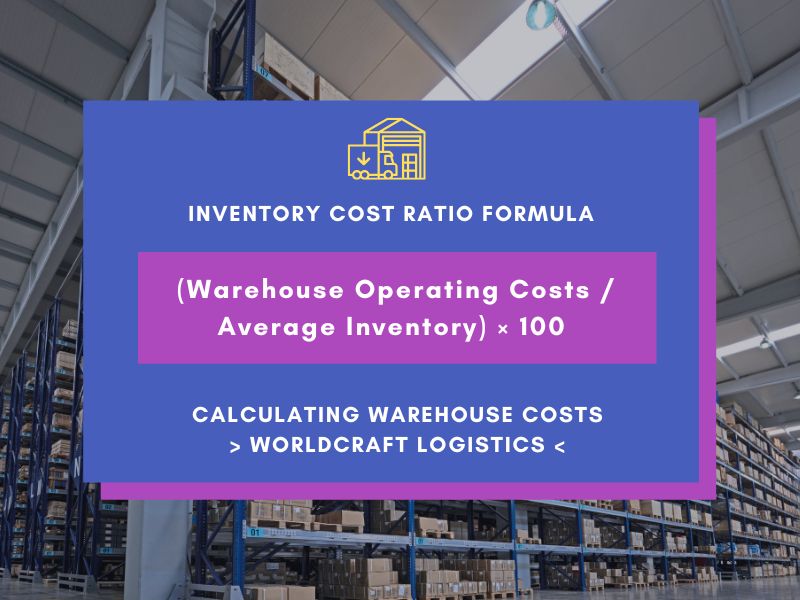
Inventory Intensity
Measures the proportion of sales or production value tied up in inventory. A high inventory intensity suggests excess stock or inefficiencies in turnover, while a lower percentage reflects leaner, more efficient operations.
Inventory Intensity = (Average Inventory / Total Sales) × 100
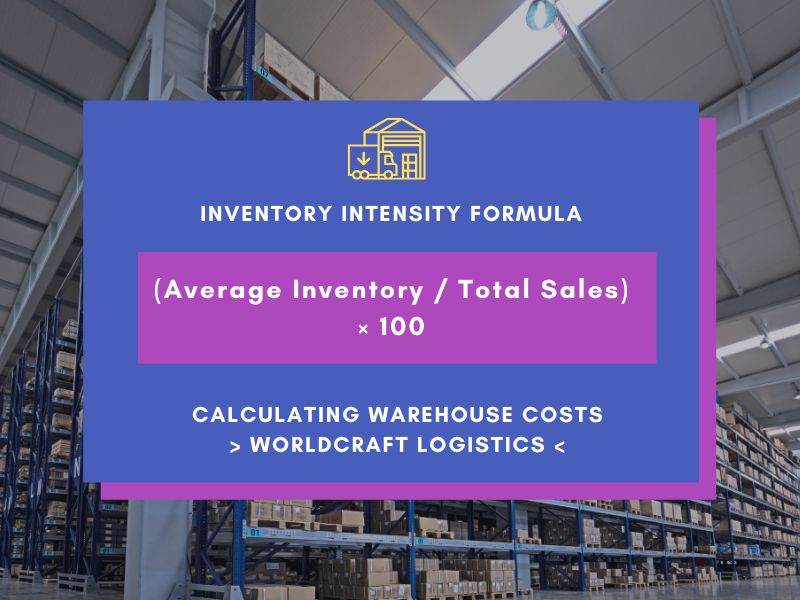
Tracking these warehouse performance metrics enables managers to identify cost inefficiencies, optimize storage space, and benchmark performance against industry standards. Regularly reviewing these KPIs supports better financial planning and overall warehouse cost optimization.
Reducing warehouse costs is not simply about cutting expenses, it's about optimizing resources, improving efficiency, and leveraging technology to maximize long-term value. Businesses that take a strategic approach to warehouse cost management often see significant savings without sacrificing service quality. Below are proven strategies:
One of the largest hidden costs in warehousing is wasted space. By improving layout and organization, companies can store more with less.
Redesign warehouse layout to reduce travel time and bottlenecks.
Use vertical storage, mezzanines, and high-density racking systems to maximize cubic capacity.
Apply slotting techniques so fast-moving goods are positioned closer to picking and packing areas.
Technology helps streamline operations, reduce labor dependency, and minimize errors.
Implement a Warehouse Management System (WMS) for real-time inventory visibility and optimized workflows.
Use barcode scanners and RFID tags to track goods accurately.
Deploy robotics, automated conveyors, or Automated Guided Vehicles (AGVs) to reduce manual handling costs.
Holding too much inventory ties up capital and increases storage costs. JIT principles align supply with demand.
Reduce excess stock by forecasting demand more accurately.
Strengthen supplier relationships to ensure timely replenishment.
Minimize obsolete or slow-moving items by reviewing inventory regularly.
Labor is often one of the highest variable warehouse costs. Small improvements in workforce efficiency can have a big impact.
Provide ongoing training to improve accuracy and safety.
Use performance-based KPIs to measure productivity and incentivize improvements.
Standardize processes to minimize errors and reduce rework.
Cross-docking eliminates unnecessary storage by moving goods directly from inbound shipments to outbound trucks.
Reduces handling and storage costs.
Speeds up order fulfillment and shortens delivery lead times.
Improves cash flow by reducing working capital tied to inventory.
Sustainability and cost savings can go hand in hand.
Replace traditional lighting with energy-efficient LEDs and motion sensors.
Optimize climate-control systems and use zoning to avoid unnecessary heating or cooling.
Explore renewable energy options, such as solar panels, for long-term savings.
For many companies, outsourcing is the most cost-effective strategy.
Partnering with Worldcraft Logistics allows businesses to avoid heavy upfront investments in infrastructure.
Benefit from economies of scale, flexible storage capacity, and expert warehouse management.
Gain access to advanced technology and industry expertise without the need for in-house development.

Managing warehouse costs is not simply about cutting expenses, it requires balancing efficiency, service levels, and long-term competitiveness. As supply chains evolve, companies face a number of pressing challenges that complicate cost management:
Rising Real Estate Costs: In major urban and industrial hubs, warehouse rental and land prices are soaring. Businesses that want to stay close to customers for faster delivery often face higher fixed costs, making location strategy a critical decision.
Increasing Labor Expenses: Skilled warehouse labor is becoming harder to find, especially with the rise of automation and e-commerce. Higher wages, training, and retention programs are needed to keep operations running smoothly, which can drive up costs significantly.
Heightened Customer Expectations: The demand for same-day and next-day delivery leaves little room for inefficiency. Meeting these expectations requires faster order processing, higher staffing levels, and better technology all of which add financial pressure.
Supply Chain Disruptions: Events such as pandemics, political instability, trade restrictions, and extreme weather can stall shipments or create bottlenecks. Warehouses must absorb these shocks by holding additional safety stock, which increases storage and financing costs.
Sustainability Pressures: Businesses are expected to reduce carbon footprints, adopt green packaging, and invest in energy-efficient facilities. While these initiatives are vital for long-term value and brand reputation, they often come with significant upfront costs.
Overcoming these challenges requires more than short-term cost cutting. Successful companies strike a balance between controlling expenses and investing in resilience through automation, smarter location choices, sustainable practices, and advanced inventory management systems. By doing so, warehouses can evolve from being cost burdens into key drivers of value creation within the supply chain.
Warehouse costs are a significant but controllable component of logistics operations. By understanding their structure, calculating them accurately, and adopting strategies to reduce expenses, companies can improve profitability and competitiveness.
SEO
Digital Marketing/SEO Specialist
Simon Mang is an SEO and Digital Marketing expert at Wordcraft Logistics. With many years of experience in the field of digital marketing, he has shaped and built strategies to effectively promote Wordcraft Logistics' online presence. With a deep understanding of the logistics industry, I have shared more than 500 specialized articles on many different topics.
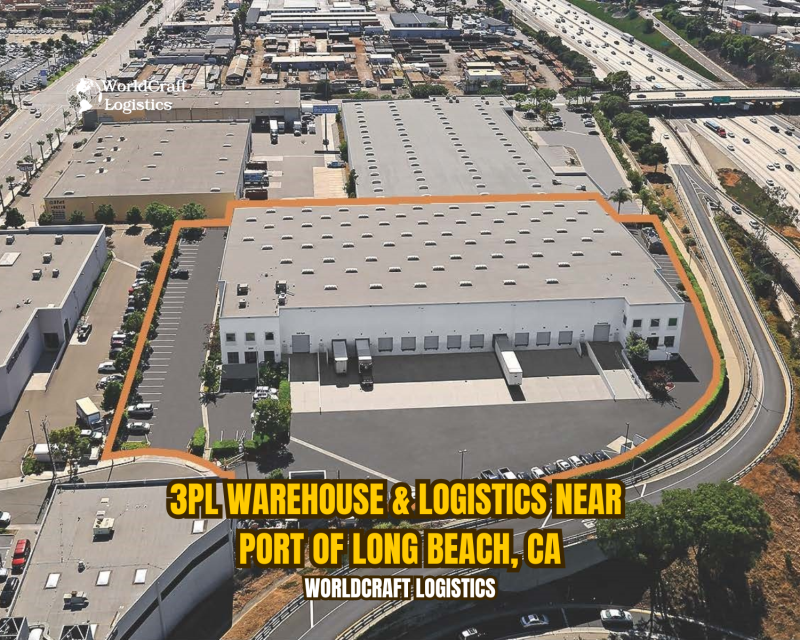
Warehouse
12/30/2024
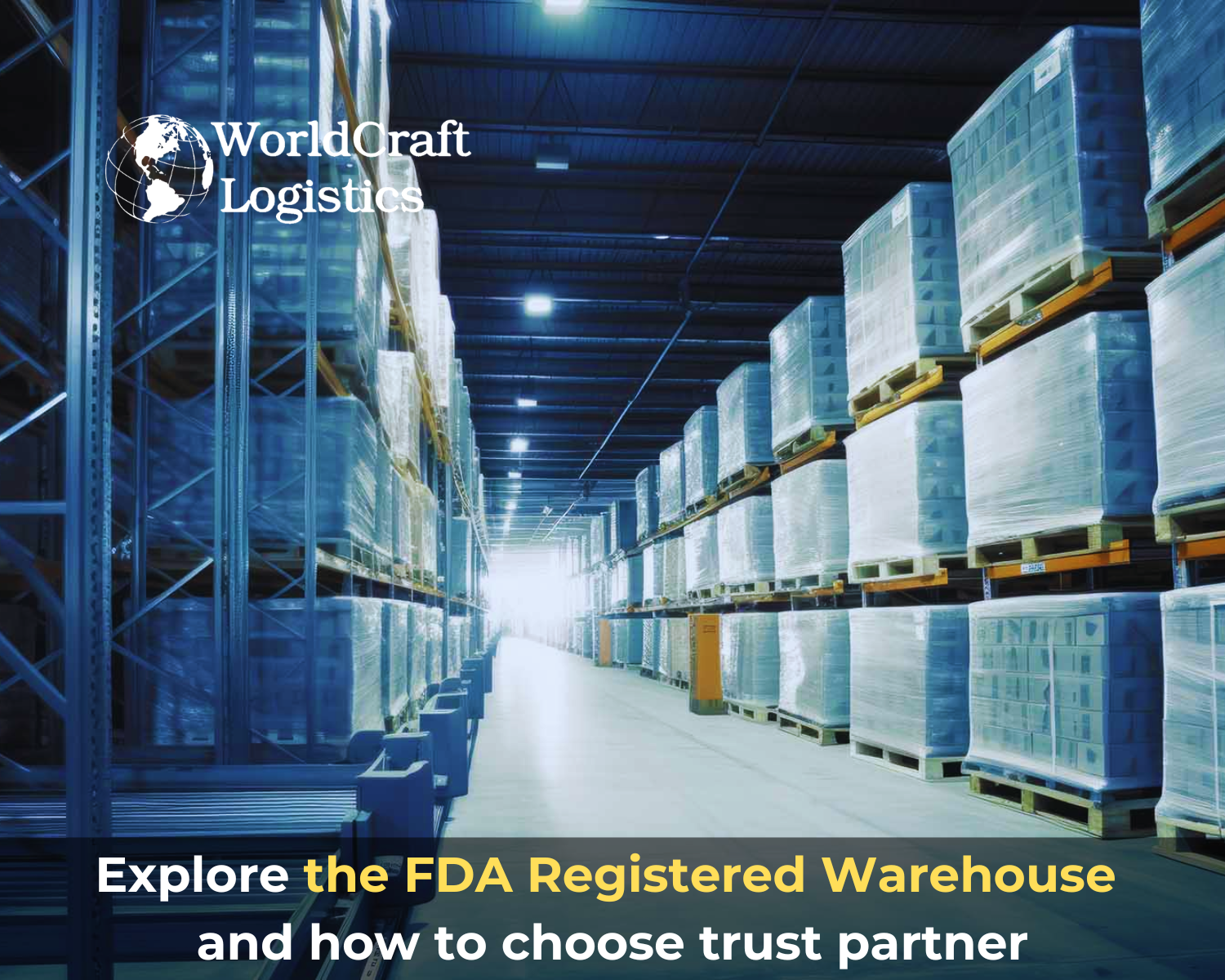
Warehouse
06/16/2024
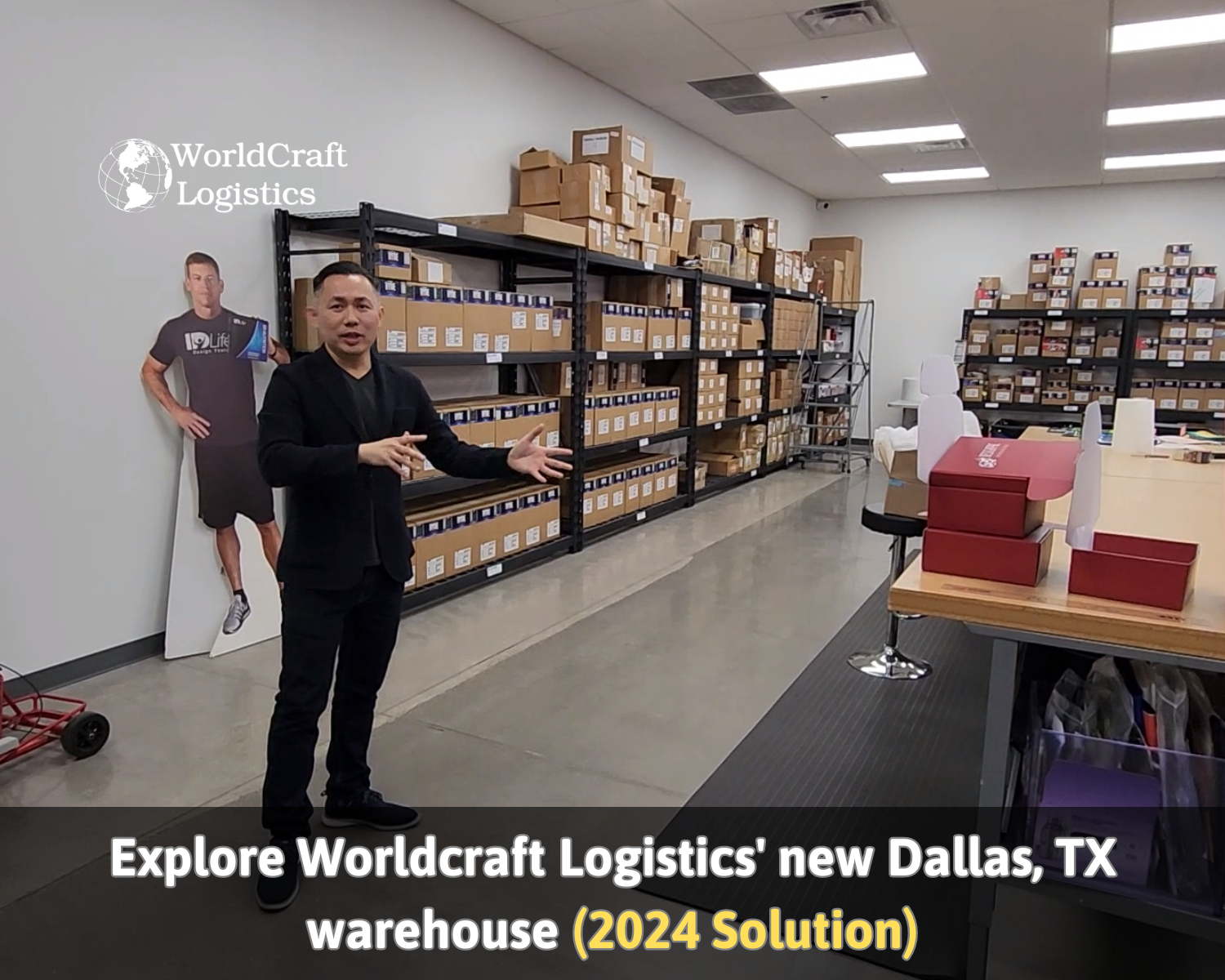
Warehouse
03/03/2024
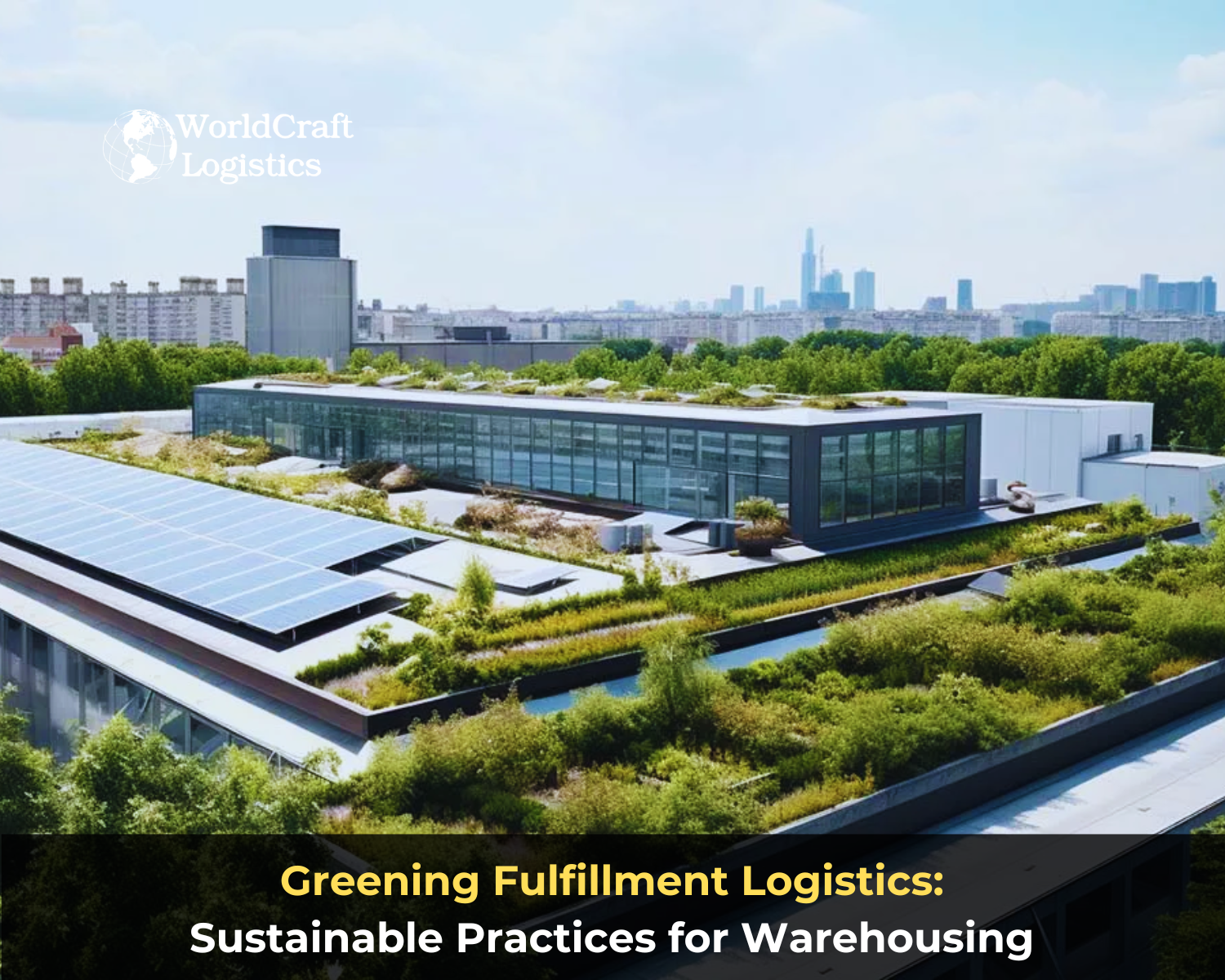
Warehouse
08/25/2024
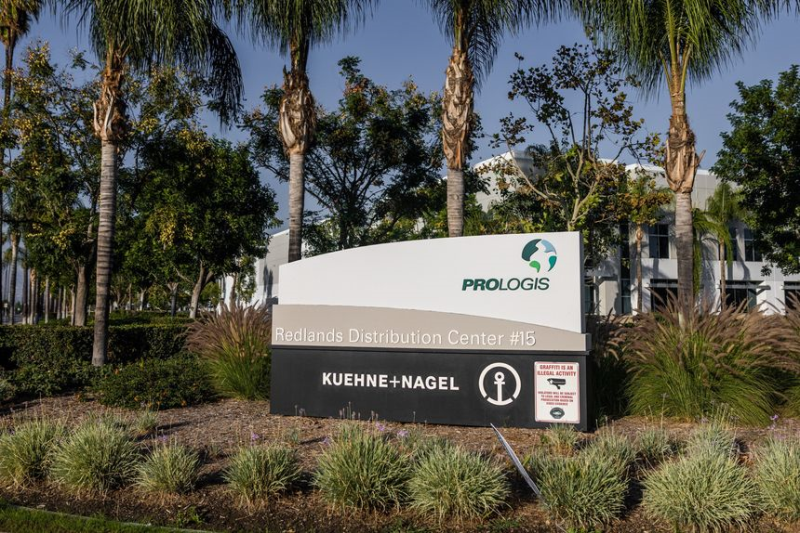
Warehouse
02/20/2023